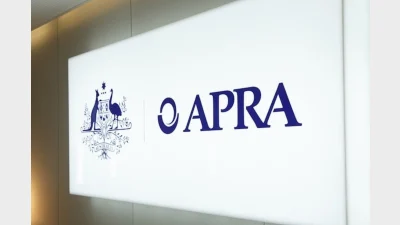Big nest egg concept flawed



Most retirement planning tools do not look at goals and focus solely on superannuation, according to Fiduciary Financial Services.
The firm said these tools gave a false impression about whether people’s retirement saving plans were on track.
The firm’s co-founder, Andrew Crawford, said retirement planning tools needed to look at retirement in terms of health, savings, income and what would make people happy in retirement years.
“This is why the concept of the big nest egg is flawed. Rather, what people want to know is, ‘how much income do I need every fortnight in retirement to live the lifestyle I want?’,” he said.
“These planning tools also can ignore the fact people get their retirement income from multiple sources. Aside from super, it can be rent from an investment property, the Age Pension or drawing down on the equity in their home.”
Crawford noted that understanding how much of the Age Pension people were entitled to could make a huge difference and ensuring they received the maximum was important as it was effectively a “free lifetime” retirement income stream.
“It’s often forgotten that people’s spending in retirement will change dramatically in line with their health. As they go from being healthy and active to requiring various levels of care, their spending can drop as much as 40% – having a huge impact on how long and how much retirement income they need,” he said.
“But many retirement planning tools models use a single value for critical assumptions such as inflation. The reality is that these assumptions will change over time, so it’s critical these changes are reflected in any planning. Some of us can remember when the cash rate was close to 20% – not 0.25%.”
On the early access to super scheme for members suffering financial hardship due to the COVID-19 pandemic, Crawford said it illustrated the Government’s lack of understanding about retirement savings.
“People, especially young people, are seeing this as a cash gift, when it’s nothing of the kind,’ he said.
“Leaving aside the compounding effect of $20,000 withdrawn in someone’s 20s, there are other issues people are ignoring such as the impact of their Centrelink payments, their life insurance coverage if their balance dips $6,000 ,and the potential tax benefits of withdrawing the money and then reinvesting it in super.”
Recommended for you
Superannuation associations are in regular discussion with the Financial Advice Association Australia on the progression of the Delivering Better Financial Outcomes legislation with the second tranche of reforms focused on super.
The Financial Services Council has urged the government to reform the Compensation Scheme of Last Resort amid rising levy projections.
The super fund has launched Retirement Manager, a digital advice tool helping members plan income, spending, and retirement confidence with integrated support.
APRA has warned retail super trustees that financial adviser involvement in recommending platform products does not diminish their obligations, as regulators turned the spotlight on the Shield Master Fund and First Guardian Master Fund during a meeting with fund CEOs.









